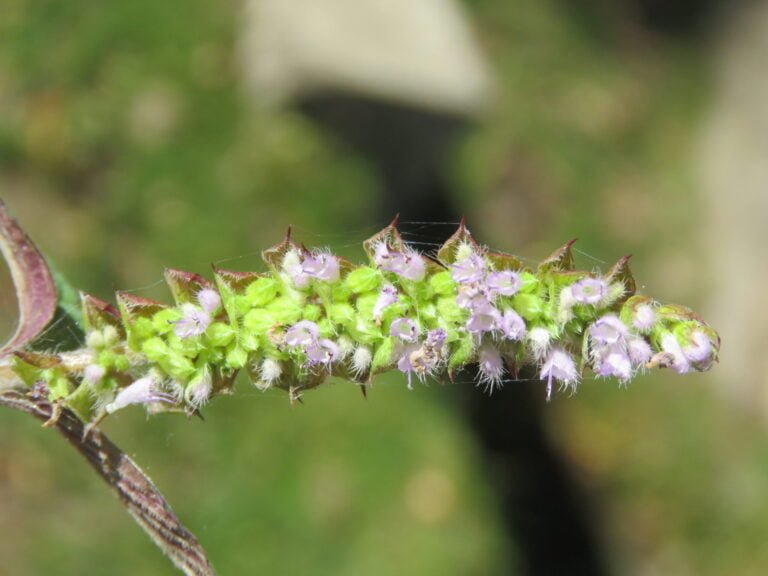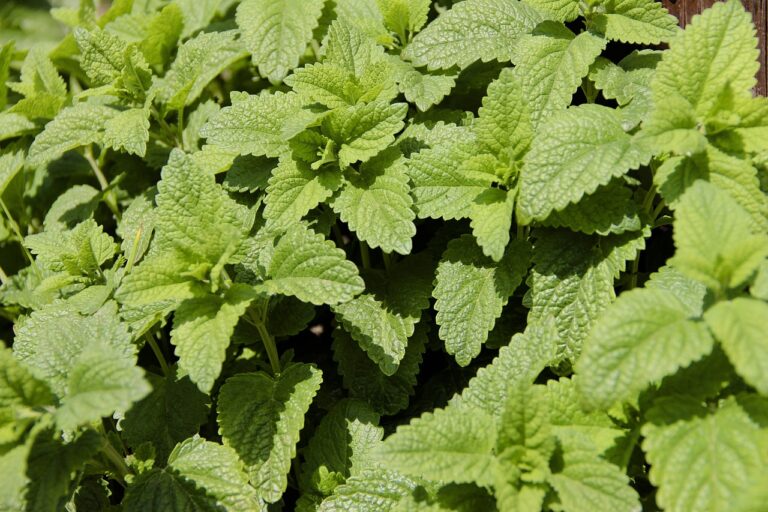Sanshō (Leaf)
I stumbled upon Sanshō leaf, originating from the prickly ash tree in Japan and China. It’s a staple in Japanese cuisine, harvested in summer for its unique citrusy and peppery flavor. Besides culinary uses, it’s valued in traditional medicine for its health benefits, like anti-inflammatory and antioxidant properties. If you’re interested in trying this gem, check out specialty Asian stores or online vendors. Known as Mexican Pepperleaf, it offers a combination of sassafras, anise, and black pepper flavors. The flavor profile is reminiscent of Sichuan peppercorns and Mexican hoja santa, with tangy lime and lemon notes. It’s truly a versatile ingredient worth discovering.
History and Origins of Sansh Leaf
Throughout the culinary history of Japan, the origins of the Sanshō leaf can be traced back to the prickly ash tree native to Japan and China. This leaf, also known as the Japanese pepper leaf, has been a staple in Japanese cuisine for centuries due to its distinctive citrusy and peppery flavor. The prickly ash tree, scientifically known as Zanthoxylum piperitum, yields these aromatic leaves that are integral to many traditional Japanese dishes.
In Japanese culinary practices, Sanshō leaves are commonly used in dishes such as grilled eel, soups, and rice dishes to impart a unique aroma and flavor profile. The leaves are typically harvested in the summer months and can be utilized fresh, dried, or ground into a powder to enrich the taste of various preparations. Beyond its culinary applications, Sanshō leaf is believed to possess medicinal properties, with historical roots in aiding digestion and providing relief from stomach ailments. The integration of Sanshō leaf in Japanese cuisine not only enhances the sensory experience of dishes but also highlights its potential health benefits, making it a versatile ingredient with both gastronomic and medicinal value.
Culinary Uses of Sansh Leaf
Commonly used in Japanese cuisine, Sanshō leaves impart a distinct citrusy and peppery flavor to a variety of dishes, enhancing their aroma and taste profile. These leaves are particularly popular in seasoning grilled eel, adding a zesty kick that complements the rich flavors of the fish. When used in tofu dishes, Sanshō leaves introduce a revitalizing citrus note that cuts through the mildness of the tofu, creating a harmonious balance of flavors.
In addition to their culinary uses, Sanshō leaves have also found a place in traditional medicine for their potential health benefits. The leaves are believed to possess digestive and antibacterial properties, which can aid in digestion and promote overall gut health. This dual nature of Sanshō leaves, both in gastronomy and medicine, highlights their versatility and importance in Japanese culture.
Rich in essential oils like hydroxy-α-sanshool, Sanshō leaves offer more than just flavor. These oils contribute to a unique numbing and tingling sensation when consumed, adding an intriguing sensory experience to dishes. Moreover, the strong aroma of Sanshō leaves makes them a natural insect repellent in Japan, serving a dual purpose of flavoring food and warding off pests.
Flavor Profile of Sansh Leaf
With its distinctive citrusy and peppery flavor profile, Sanshō leaf offers a unique sensory experience akin to Sichuan peppercorns, making it a versatile ingredient in Japanese culinary creations. However, Sanshō leaf is not limited to Japanese cuisine; its flavor is reminiscent of Mexican hoja santa, or Piper auritum, commonly used in Central Mexico. The taste of Sanshō leaf combines the tangy notes of lime and lemon with a subtle peppery heat, creating a complex and aromatic profile perfect for enriching various dishes.
In Central Mexico, Sanshō leaf, known as Piper auritum or hoja santa, is a key ingredient in mole verde, a traditional green mole sauce. The herbaceous and citrusy undertones of Sanshō leaf complement the rich flavors of the mole, adding depth and a rejuvenating kick to the dish. Additionally, in Mexican culture, Sanshō leaf is also used to flavor chocolate drinks, infusing them with its unique blend of citrus and spice.
Beyond culinary applications, Sanshō leaf has been utilized in herbal medicine for its aromatic and flavorful properties. Its distinctive taste not only enriches dishes but also provides a sensory experience that is both invigorating and memorable. Whether used in Japanese cuisine or Mexican recipes, Sanshō leaf’s flavor profile adds a delightful twist to any dish, making it a prized ingredient in culinary creations.
Health Benefits of Sansh Leaf
Sanshō leaf offers a wide range of health benefits, including anti-inflammatory properties, digestive support, antimicrobial effects, antioxidant richness, and potential neuroprotective advantages.
- Anti-inflammatory properties: The Sanshō leaf contains compounds that help reduce inflammation, making it beneficial for conditions like arthritis where swelling and pain are common symptoms.
- Digestive support: By stimulating the production of digestive enzymes, Sanshō leaf aids in the digestion process, promoting better nutrient absorption and overall gut health.
- Antimicrobial effects: The antimicrobial properties of Sanshō leaf make it effective in combating harmful bacteria and infections, contributing to a stronger immune system.
- Antioxidant richness: With a high content of antioxidants, Sanshō leaf helps protect cells from oxidative stress caused by free radicals, potentially lowering the risk of chronic diseases.
Moreover, research indicates that Sanshō leaf may offer neuroprotective benefits, which could support brain health and cognitive function. Incorporating Sanshō leaf into your diet or as a supplement may not only help in managing inflammation and promoting digestion but also in bolstering your body’s defense against infections and oxidative damage.
Where to Buy Sansh Leaf
When looking to acquire Sanshō leaf, explore specialty Asian grocery stores, online vendors, Japanese markets, spice shops, or even local farmers markets or botanical stores for availability. Sanshō leaves, also known as Mexican Pepperleaf or hoja santa, are not only utilized in Japanese cuisine but are also a crucial component in Mexican dishes like mole verde. The leaves have a distinct flavor profile, described as a combination of sassafras, anise, and black pepper, imparting a unique taste to dishes.
In the Oaxaca region of Mexico, these leaves are highly respected for their culinary contributions, and they play a vital role in the creation of mole, a flavorful sauce used in various Mexican dishes. The Sanshō leaf is also recognized for its healing properties and is employed in traditional medicine practices.
For those keen on exploring the culinary realm of Sanshō leaf, Gernot Katzers Spice Pages offer comprehensive information on this ingredient, including its customary uses and cultivation. Additionally, online vendors provide the convenience of purchasing dried Sanshō leaves that can be shipped directly to your home, ensuring accessibility no matter where you are located. Whether you are interested in experimenting with new flavors or delving into the rich cultural background of this ingredient, obtaining Sanshō leaf is the initial step in preparing authentic and flavorful dishes.






